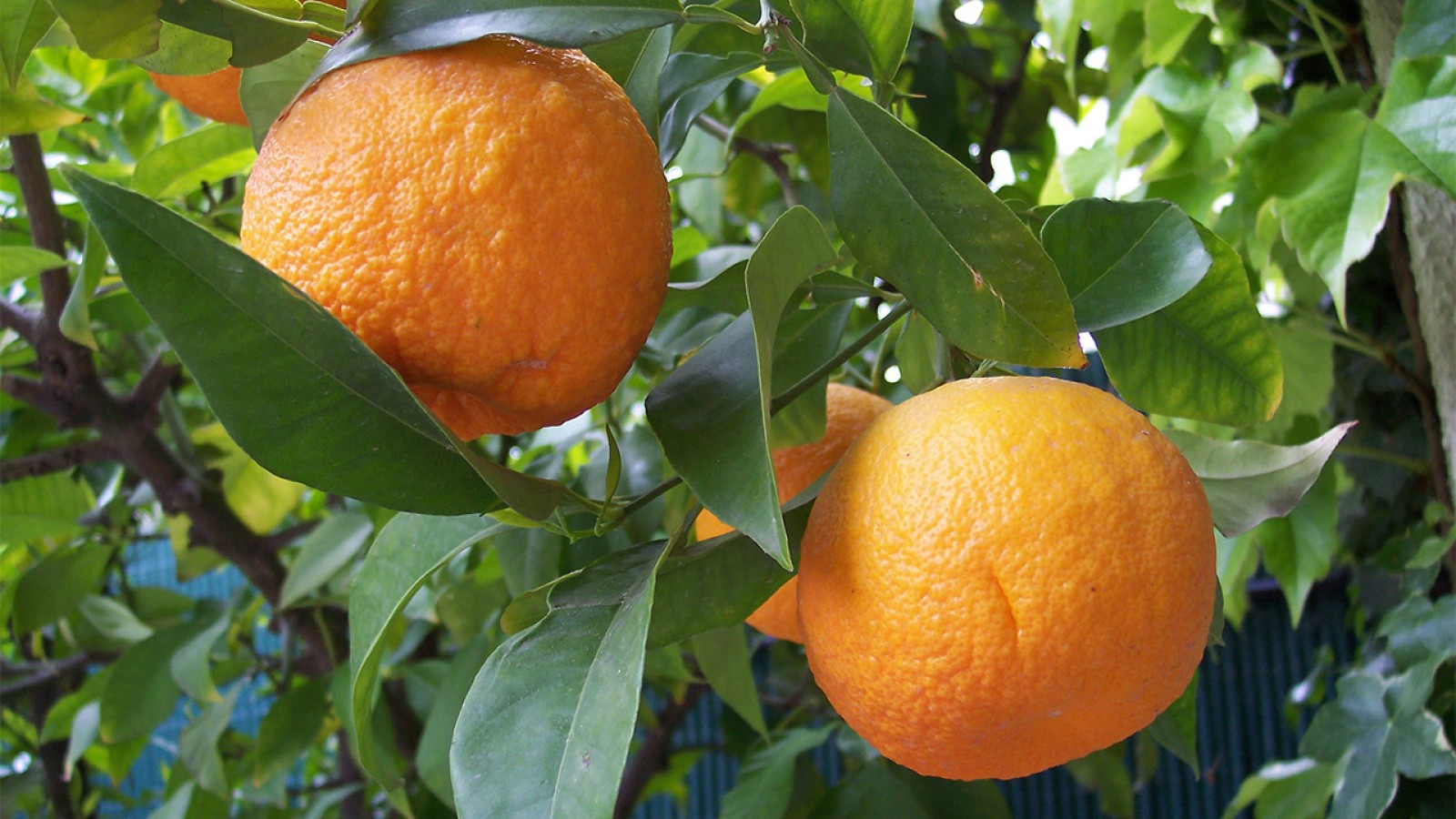How to Make your Brand Stand Out
Being a newbie in any industry is tough, most especially in the cutthroat world of food and bever-ag...

January 19, 2023
Everything just tastes better when they are in season.
Everything just tastes better when they are in season. Fruits and vegetables that have ripened naturally and picked at their prime are typically loaded and bursting with flavor. Plus, they are more nutritionally dense, void of any ripening agents and/or post-harvest treatments. They just taste better and oftentimes even cost cheaper, especially when they come abundantly.
So, what’s in season this January? Here are three fruits we can load up and indulge on since they are ready for picking.
At first glance, it looks just like a kiwi, what with its fuzzy brown exterior. But slice right through it and will expose a color far different from the kiwi’s green flesh. Also called the sapodilla or spot fruit, chico has a sweet, grainy digestible flesh that turns light brown from white when mature. Unlike kiwi that has small edible seeds, chico has the opposite—black, smooth seeds located at the center that can’t be eaten. Its pulp is made of simple sugars such as sucrose, and it is high in calories—an estimated 83 calories per 100 grams, which is almost the same as that of sweet potato. Even so, chico contains a good amount of antioxidant vitamins like vitamins C and A, as well as minerals like potassium, copper, and iron.
Not to be confused with dalandan, which is known as bitter orange, is dalanghita, which is mandarin orange. The similarities between the two are evident—crayola green rind with a plump and juicy orange pulp—that mistaking one for the other is easy. But there are factors that suggest their differences. Their scientific names, for starters: dalanghita is Citrus nobilis, while dalandan is Citrus aurantium. Other distinctions include size, with dalandan being slightly bigger than the other. Dalanghita also has a smoother peel compared to dalandan’s more obvious pores.The flavor of dalanghita is like an orange with a subtle tanginess akin to calamansi. It is a rich source of fiber and is a good source of vitamins A and C.
It goes by many names, among them abiaba, pomme du lait, estrella, milk fruit and aguay. In the Philippines, it is more popularly referred to as kaimito or star apple. The color of its skin is striking—deep purple, and when the round fruit is sliced and opened, it reveals a white fibrous flesh that hides a sweet, delectable flavor similar to a cross between an apple and lychee. It is named star apple because the gelatinous cells form a star shape when the fruit is cut in half. The pulp of this fruit has a fair amount of vitamin C, calcium and phosphorus. It is also believed to have antioxidants that can help prevent certain cancers and support the immune system.
Check out these food fusions between Filipino and Middle Eastern cuisines
The unending quest for healthy and sustainable food amid changing lifestyles
A quick look at the Philippine food staple often getting a bad health rap